Canada’s Green Buildings Strategy, Ottawa’s long-awaited plan to decarbonize millions of commercial, residential and institutional buildings to align with federal climate targets, has drawn a mixed reaction since its July 16 release.
There were high marks for a pledge to modernize energy efficiency standards, phase-out oil heating in new buildings by 2028, support heat pumps over central heating and cooling systems and a “buy clean” plan for federal infrastructure projects to promote low-carbon materials.
But the strategy did not tackle oil used in existing buildings, or impose limits on fossil gas used in 60 per cent of existing commercial and institutional structures, green building advocates said.
More importantly, there was no road map for an industry expected to build millions of new homes and buildings and retrofit millions more, while also cut emissions that account for nearly 30 per cent of Canada’s released greenhouse gases, they said.
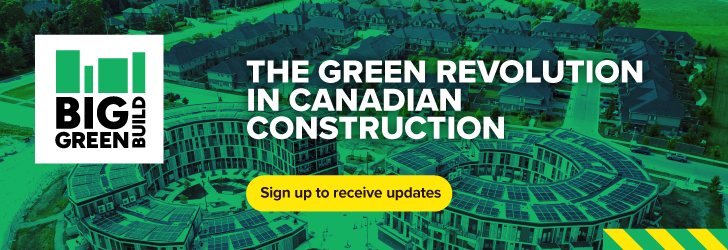
The Canada Green Building Council, an industry body, said the strategy “misses the mark when it comes to mandating actions and setting milestones.”
Amid calls for an action plan to get the sector to net-zero by 2050, progressive developers are already leading by example on key issues of sustainable development finance, mandates and investments.
In the second part of our feature on green building pioneers, we take a closer look at an innovative retrofit of a Montreal factory into a low-carbon office co-op, a condo complex powered by geothermal energy in Toronto, and Canada’s first net-zero police station.
Green retrofit brings century-old factory into net-zero future
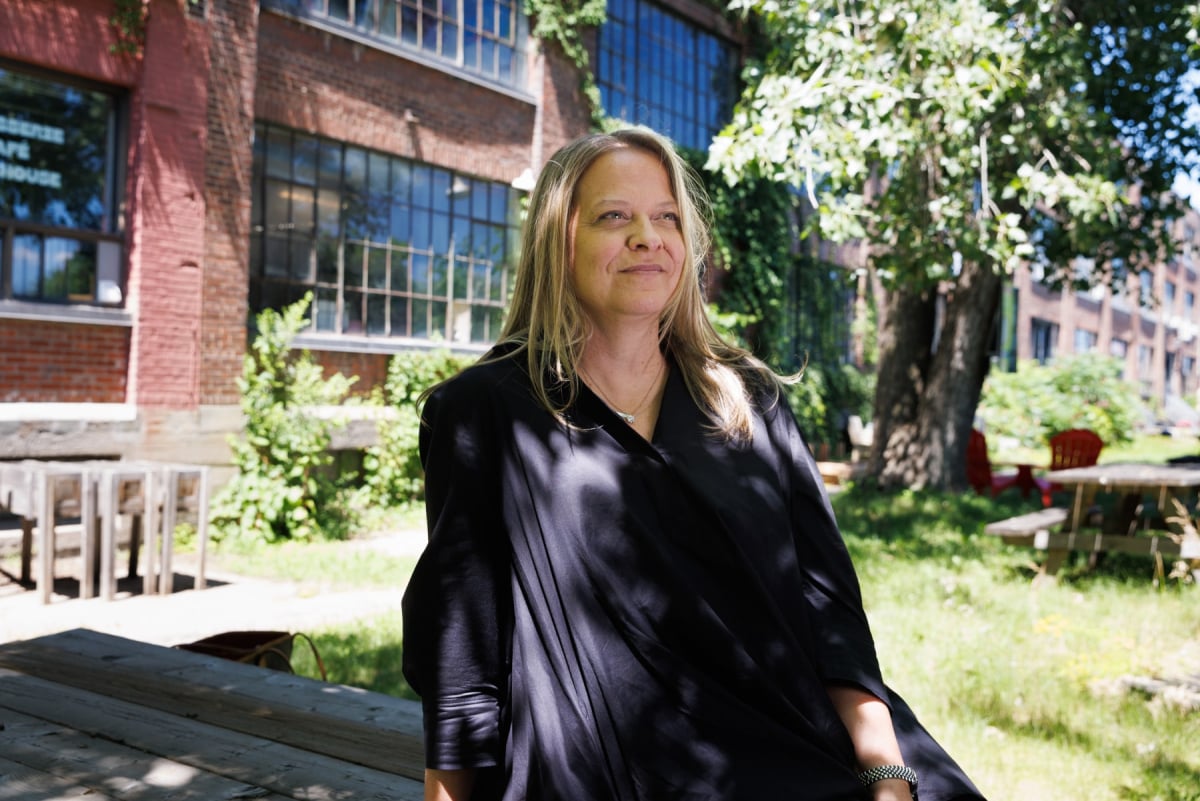
Complexe du Canal Lachine (Montreal)
Natalie Voland doesn’t pull punches when discussing the challenge of moving Canada’s construction sector into a new, greener era.
“The real estate industry has not innovated itself in over 100 years,” said the former youth social worker, who began a green transformation of her family property business nearly three decades ago.
Voland is president of GI Quo Vadis, a Montreal-based firm focused on carbon-neutral, affordable retrofits and new builds with a portfolio of projects linked to the city’s industrial past.
All of sudden we’re cool. Now we need to run with it.
Natalie Voland, GI Quo Vadis
“I am a real estate developer and a property operator,” Voland told Canada’s National Observer. “Developing and selling is very different from developing and holding. It works to a different mindset about time-frame."
In her view, the industry is too wedded to an old business model of “one-off designs,” while sustainability is either abandoned or made an afterthought.
Short-term thinking doesn’t work, she said. Green building projects — whether new builds or retrofits — need a long-view strategy to scale up and have the “greatest impact on changing the sector.”
Quo Vadis’ latest project is a zero-carbon retrofit of a former factory complex on the city’s Lachine Canal, financed through a net-zero transition loan structured by National Bank of Canada.
The loan is an example of the type of funding highlighted in the federal Green Buildings Strategy which Ottawa would like to see more of from financial institutions.
Despite commitments to align their portfolios with Canada's net-zero emissions targets, the country’s five largest banks — RBC, TD, Scotiabank, BMO and CIBC — continue to deepen their financing of oil and gas companies, with an average ratio of $3.90 invested in fossil fuel assets for every $1 on clean energy projects, CNO reported in March.
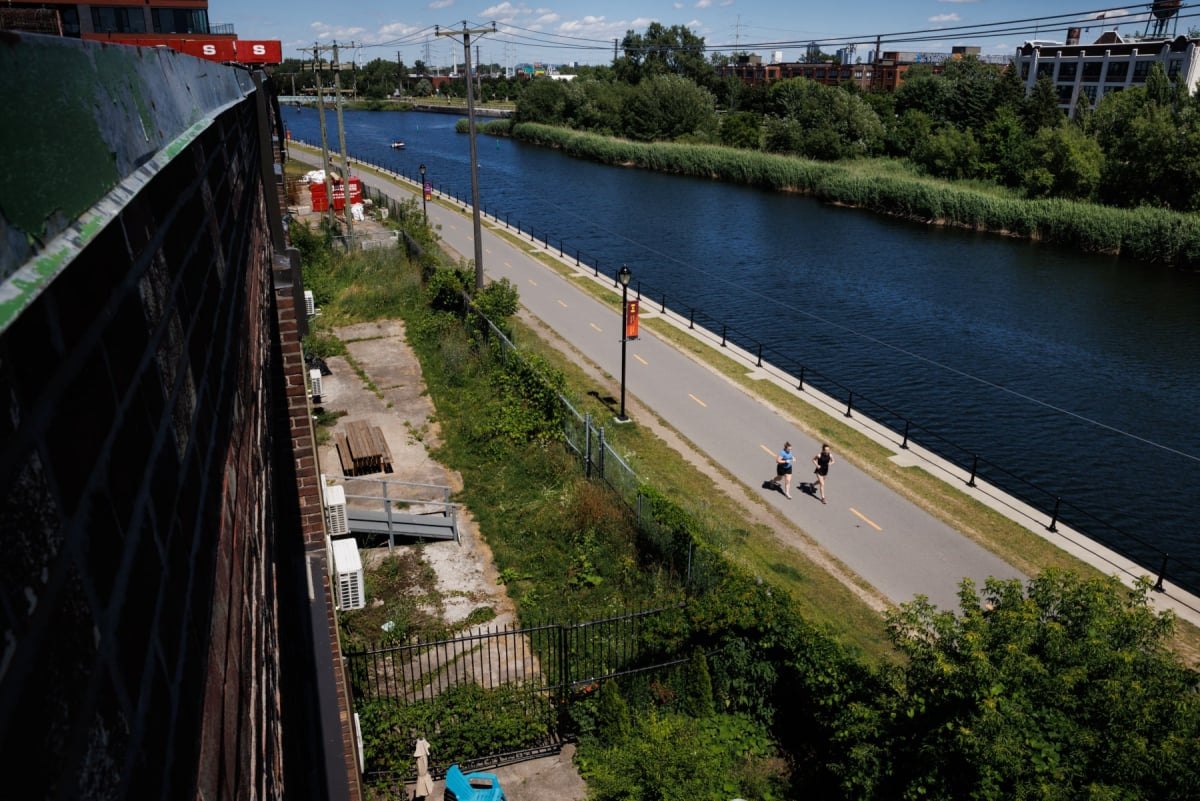
“Existing buildings represent the biggest challenge” but also a huge opportunity, National Bank senior vice president Rene Demers said in a blog in May, citing research that argues there is a strong business case for sustainable real estate based on rent premiums and market demand for low-carbon spaces.
The $3 million retrofit at the 367,000 sq. ft. former Lachine factory will include energy efficient HVAC (heating, ventilation and air conditioning) systems powered by either geothermal or waste-to-energy technology. The upgrades are expected to slash the building's operating expenditures by 40 per cent.
As part of the net-zero transition loan, Quo Vadis said close to 40 per cent of leases will be offered to minority groups including artists, entrepreneurs and green businesses.
“This loan allows us to scale our impact and pave the way for financial institutions to play an even greater role in ESG-based development,” Voland said after the financing was agreed to in 2022.
Since 2013, Quo Vadis has been certified a B Corp — part of a global club of companies that are committed to "balancing profit with purpose" and to meet higher standards in areas such as employee benefits, environmental policies and supply chain practices.
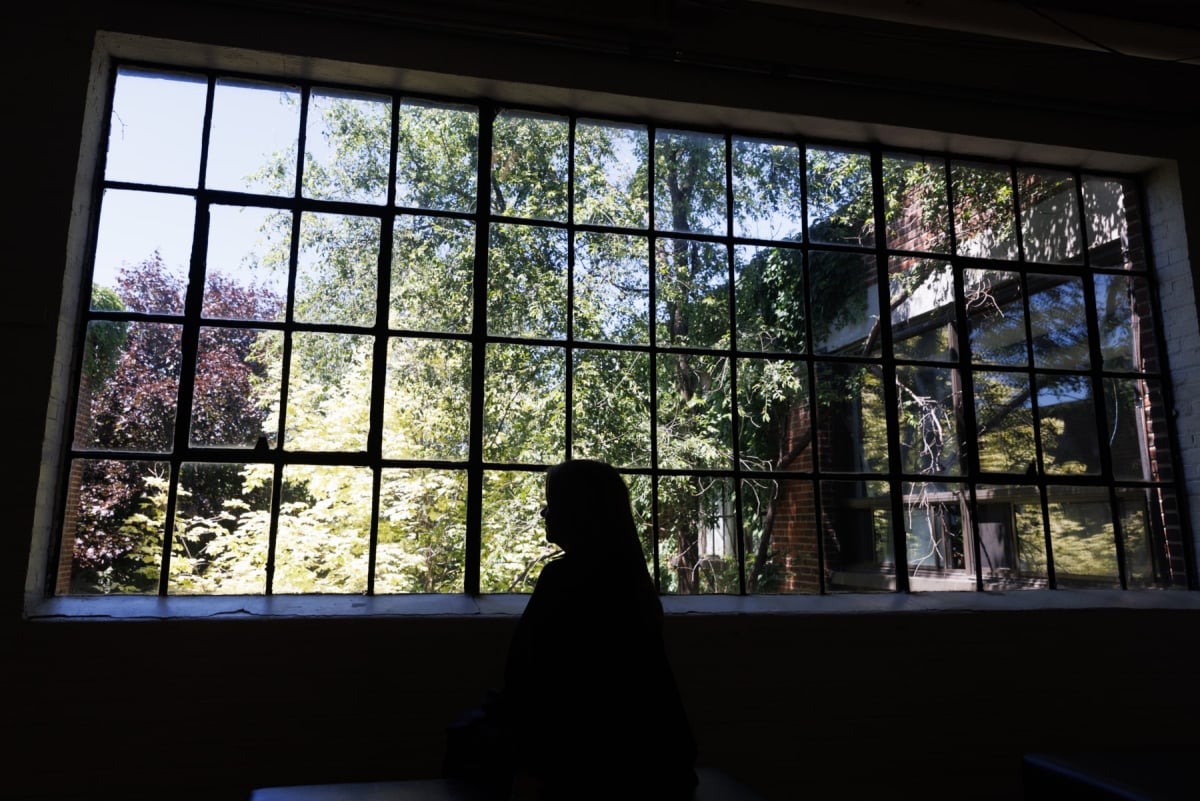
“There is a lack of understanding about the opportunity in developing climate-ready buildings,” said Voland, who is completing a PhD on the barriers private developers face in building affordable, carbon-neutral housing.
Aside from the climate benefits of a net-zero building, “when you eventually dispose of the asset, it will have retained and even grown in value,” she said.
Not that it will be quick or easy, Voland added, but the industry’s transition does appear to finally be picking up pace.
“We have been doing this sustainable development thing for 27 years and all of a sudden we’re cool,” she said. “Now we need to run with it.”
Pitching investors on the “green premium” in Canada's biggest city

Scotia Plaza / Valhalla Village (Toronto)
In 2019, a few days into his new job as director of sustainability at real estate giant KingSett Capital, Kit Milnes sat down with the board to answer a question.
How would a strategy to decarbonize its $1.8 billion property portfolio make business sense and ensure that KingSett sees “zero-carbon as something more than just ESG best practice.”
The answer, recalled Milnes, now the group’s vice-president of sustainability and resilience, “lives somewhere between the ‘green premium’ and the ‘brown discount.’”
Building affordable and sustainable is real needle-threading.
Kit Milnes, KingSett Capital
A “green premium” refers to the higher rental or market value that comes from retrofitting a building to meet zero-carbon standards, while a “brown discount” is the lower value attached to legacy properties that still rely on fossil fuels for heating and cooling.
Milnes has spent the past five years navigating these “green” and “brown” metrics as he led KingSett's zero-carbon retrofitting of three buildings in its skyscraping Scotia Plaza complex in Toronto's financial district, starting with the 68-storey tower at 40 King St. W.
KingSett had focused on sustainability for more than a decade, said Milnes, but there was little attention paid to carbon as the selling point in pursuing green building certifications.
Eventually, investors were won over to the idea of a one-to-three year payback on a zero-carbon retrofit that would reduce long-term annual operating costs.
Milnes promised “no loss of asset value, no rent premiums” if the retrofit investment was approved by the board. “If one of our investors isn’t seeing a return on his or her dollar, then they are not giving us that dollar.”

The retrofit reduced the tower's energy consumption by 30 per cent, avoiding emissions equivalent to nearly 2,900 cars driven for a year. And, in 2020, it earned a zero carbon performance certification – making it the largest net-zero building in Canada.
KingSett then moved on to its 18-floor tower at 100 Yonge St. That retrofit involved replacing end-of-life boilers and chillers, upgrading air handlers for heat recovery, and installing air source heat pumps to replace the existing heating plant. The upgrades combined to cut the building’s energy-related carbon emissions by 76 per cent.
A zero-carbon makeover of KingSett’s neighbouring 44 King St. W. tower is “in the pipeline but challenging,” said Milnes, as the building’s heating and cooling systems are run off Toronto’s aging steam-power network.
KingSett's sustainability drive — the group aims to cut carbon emissions by 35 per cent across its portfolio by 2027, more than doubling its decarbonized square footage to 6.3 million sq. ft. — includes residential projects.
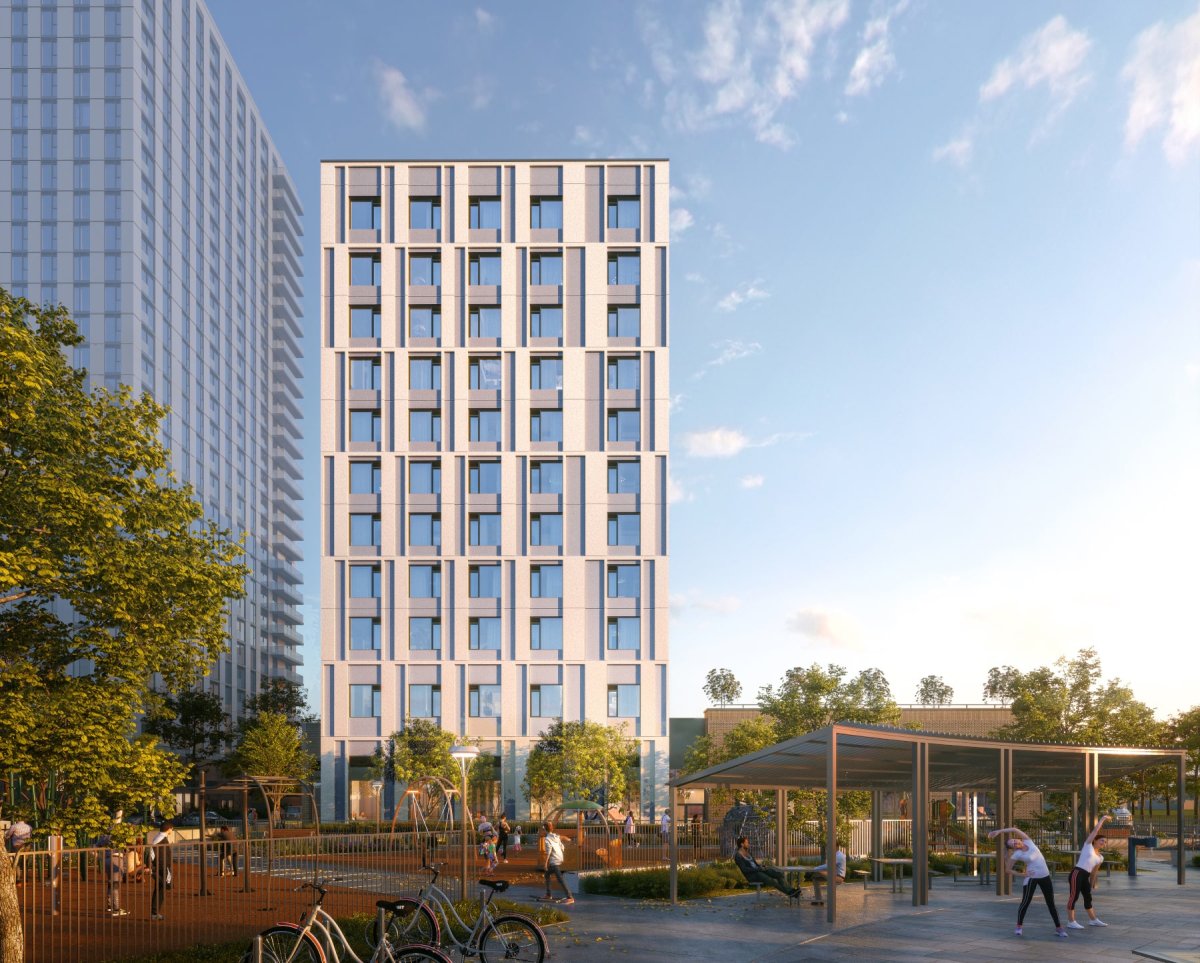
In Toronto's Bloor St. W. and East Mall area, the developer has demolished the Valhalla Executive Centre to make way for Valhalla Village, a zero-carbon residential development to be powered by geothermal energy.
Phase 1 will see 494 apartments built in 10 and 29-storey buildings, with 40 per cent of the units offered at affordable rents. Valhalla Village is the first project backed by KingSett’s affordable housing fund, which aims to deliver “stable returns and affordable housing within Canada’s core rental markets.”
"It's real needle-threading, but there is a way to have both affordability and sustainability,” Milnes said, noting that while people expect a “premium” for decarbonization, the company is drawing on lessons learned with Scotia Plaza to achieve greater affordability for Valhalla Village.
While zero-carbon commercial projects are generally easier to scale due to shared building systems, he said residential “is ready to take off” with the right approach.
Zero-carbon cop shop and the power of city mandates

Division 41 Toronto Police Station
Toronto’s newest police station, Division 41, will bristle with green technology — from solar panels on a “biodiverse” green roof, through EV chargers in the parking lot, to underground geothermal power systems.
More conversations are starting from net zero on day one.
Nicola Casciato, WZMH Architects
The green cop shop will also be a showcase for something less visible, but equally pioneering: green city mandates.
The 60,000 sq. ft. office and detention centre in Scarborough will be among Toronto’s first net-zero government facilities when it opens in 2026. It’s part of the city’s strategy to reduce GHGs to net-zero by 2040, and driven by new CO2 reduction directives for urban buildings such as the Toronto Green Standard.
Division 41 is Canada’s first city police station to meet the Canada Green Building Council’s Zero Carbon Building Standard, which benchmarks low-carbon design and operational performance for new private and city-owned developments.
The project “looks like a pretty simple project on the surface,” said Nicola Casciato, a principal at project designer WZMH Architects. “We are working with known technologies and a very efficient building envelope. But it has had its challenges.”
Canada’s first net-zero police station in Toronto will bristle with green technology that is expected to deliver a facility that is 70 percent lower carbon than past designs when it opens in 2026. Source: WZMH Architects
The design for Division 41 integrates a renewable energy supply from solar and geothermal sources into a high-efficiency building structure. It also includes state-of-the-art efficient lighting, triple-glazed windows, an energy recovery ventilation system and a climate-resilient “green roof” with 260 solar panels.
These measures together will deliver a police station with 70 per cent lower carbon than past designs, Casciato said.
Reducing the remaining emissions — those linked to the embodied carbon in concrete, steel and other construction materials produced with fossil fuels, as well as CO2 generated during the building process — will come in future designs.
“We’ll close in on a still higher percentage, but this is more difficult,” he said of reducing the embodied carbon in buildings.
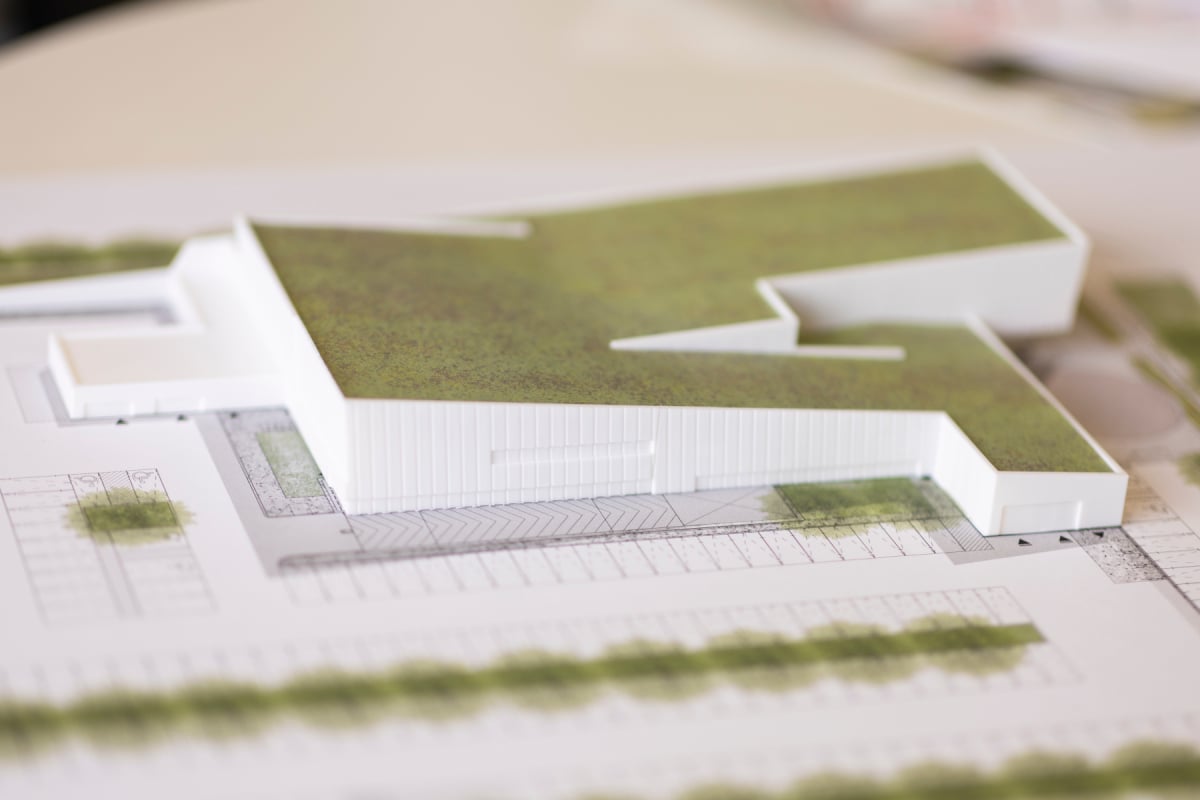
The city of Toronto — where 58 per cent of GHGs are from buildings burning fossil fuels for heating, cooling and hot water — has set ambitious targets to reduce emissions from new and existing buildings as part of a broader 2040 climate action plan.
The Toronto Green Standard (TGS), launched in 2010 and updated every four years, sets sustainable design requirements for new private and city-owned buildings through a tiered system of measures. The TGS aims to ensure new buildings constructed from 2030 are near zero emissions. Toronto's city council will consider a new Emission Performance Standards bylaw in 2025 to help owners of existing buildings transition to cleaner sources of energy.
Sustainable construction advocates had expected market-directing mandates with milestones in Ottawa’s Green Buildings Strategy to help meet federal targets meant to slash emissions from the built environment by 37 per cent by 2030 and achieve net-zero in the sector by 2050.
A Canada-wide performance standard could have set a benchmark for emissions and energy performance in buildings similar to current rules for power plants and vehicles, Brendan Haley, a senior director at Efficiency Canada, a think-tank, said in a review of the strategy.
Instead, he said, the construction sector got a mention of mandatory building performance standards as a “provincial or municipal policy option.”
“If the federal government opts not to use regulatory tools, it should increase public investment to encourage lower levels of government,” Haley said.
Sign up for biweekly Big Green Build updates here.

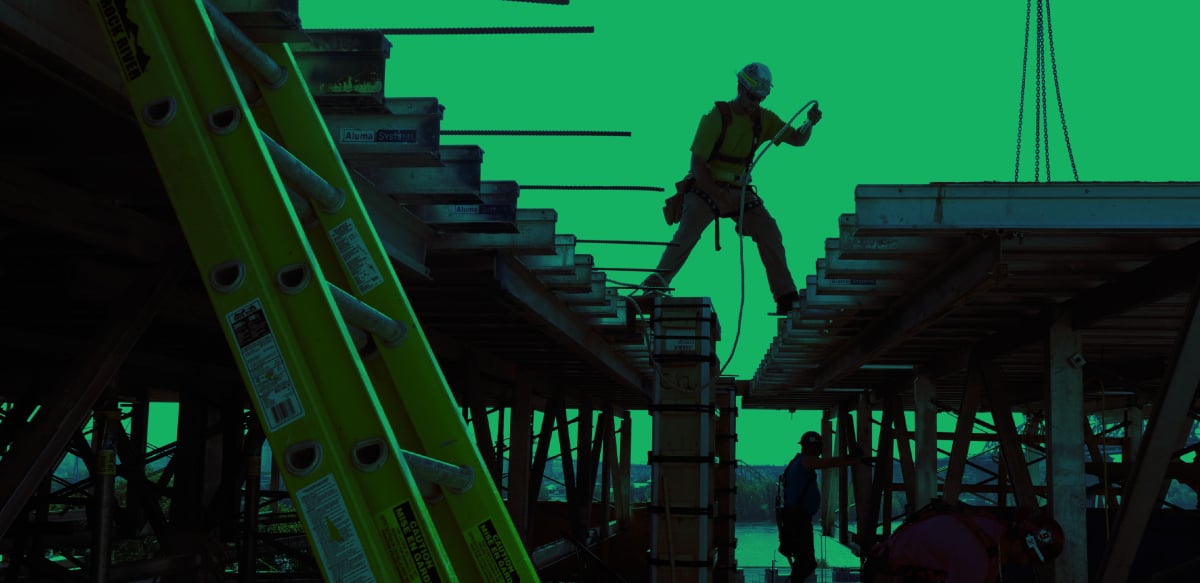


Comments
I must say, this is very encouraging to see builders that are more interested in going green with new and retrofit construction. Our current home was built by a reputable Net Zero builder and did not cost that much more than a regular build just following minimal building code. The slight added cost, has result in far more savings in heating & cooling costs than the initial extra cost to ensure the basement slab was insulated, including the higher rated insulated basement perimeter walls (Extra 2.22% overall cost).
The home earned the "Energy Star Qualified Home" certificate, which is built to be 20% more efficient than a typical home. Our energy bills over the past 5 years are proof that home owners will reap significant savings by going green with a Net Zero built home.
Can we do better? Yes, after 5 years, there are far more efficient heating and cooling options like heat pumps with a back up option. I noticed the same builder is fitting new homes with heat pumps compared to high efficiency NG furnaces and traditional A/C units. But I believe the heat pumps they are using for heating and cooling are backed up by NG for heat, but everything else electric. It would be interesting to chat with the owners in these new builds and see what their experience has been with energy costs compared to what we have experience with our 5 year old using what was available at that time of our build.
Well said. Nice to see a positive comment. Back in the 70s and 80s, my wife and I designed and helped physically build 3 energy efficient homes after the oil crisis. Compared to what is available today, fairly minor. But things like 2x8 walls R 50 in the ceiling, air to air heat exchangers and insulation under the slab were installed . Along with triple pane windows on the non south sides. Apparently those little things do make a difference as I have heard thru the grapevine
The nice thing about a new build, it is a good time to go the extra mile and costs far less than trying to retrofit after the fact. In some cases like an insulated slab, wanting to do that after the fact is too costly, but cheap while being built. It comes down to pay me now or pay me a lot more later is the lesson learned.
But it is good to see more builders going the extra mile without gouging the consumer in the process.
It's not nearly mandatory enough. It's so much cheaper at original construction. Gas pipes connections to new buildings should be rare, verging on unheard-of.
Unless we reduce the production of fossil fuels all this will accomplish is really nice low energy abodes for the 1% (us) and a hot and dying world for remaining 99%. Our current trajectory looks like we want a world of Eloi and Morlocks. How long before we (the 1%) are living in version of Elysium while the rest of the world suffers (more).
Finally some concrete investment for some forward thinking contractors